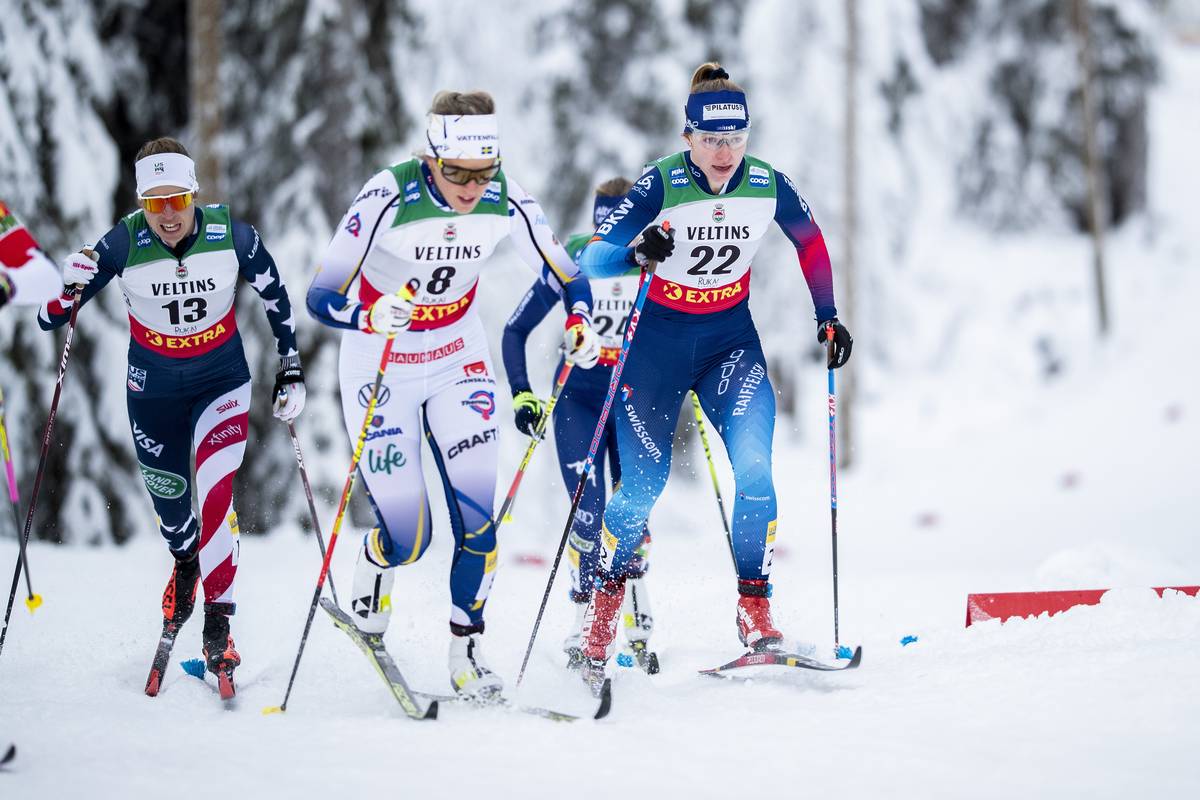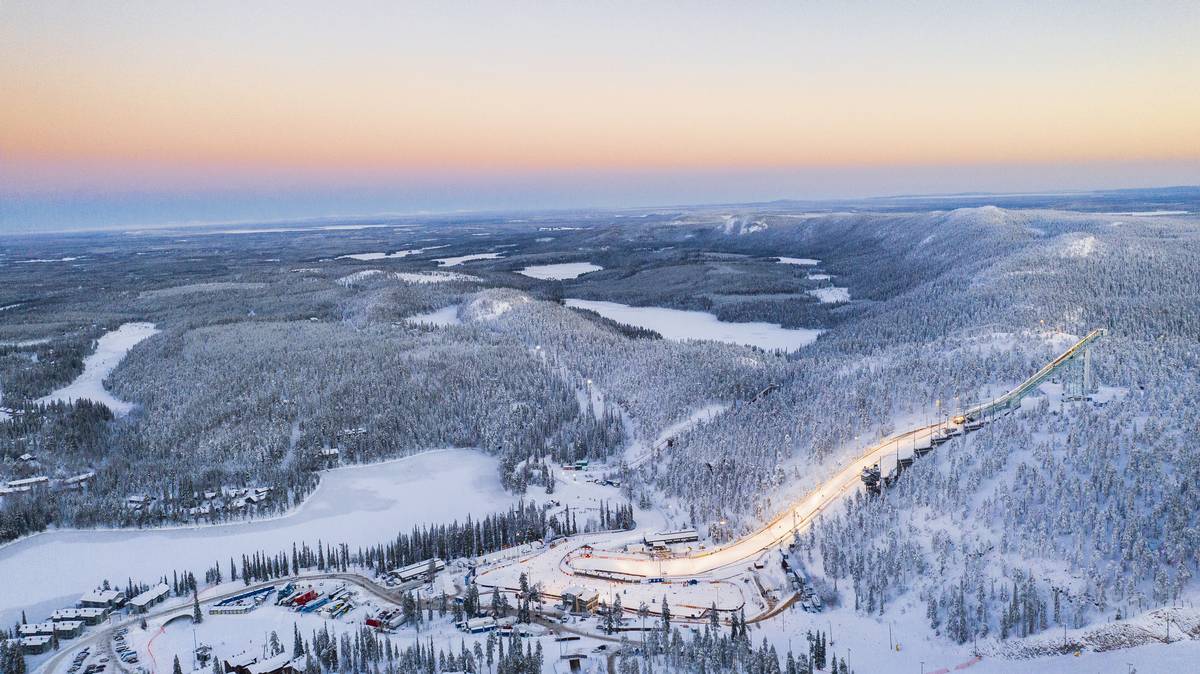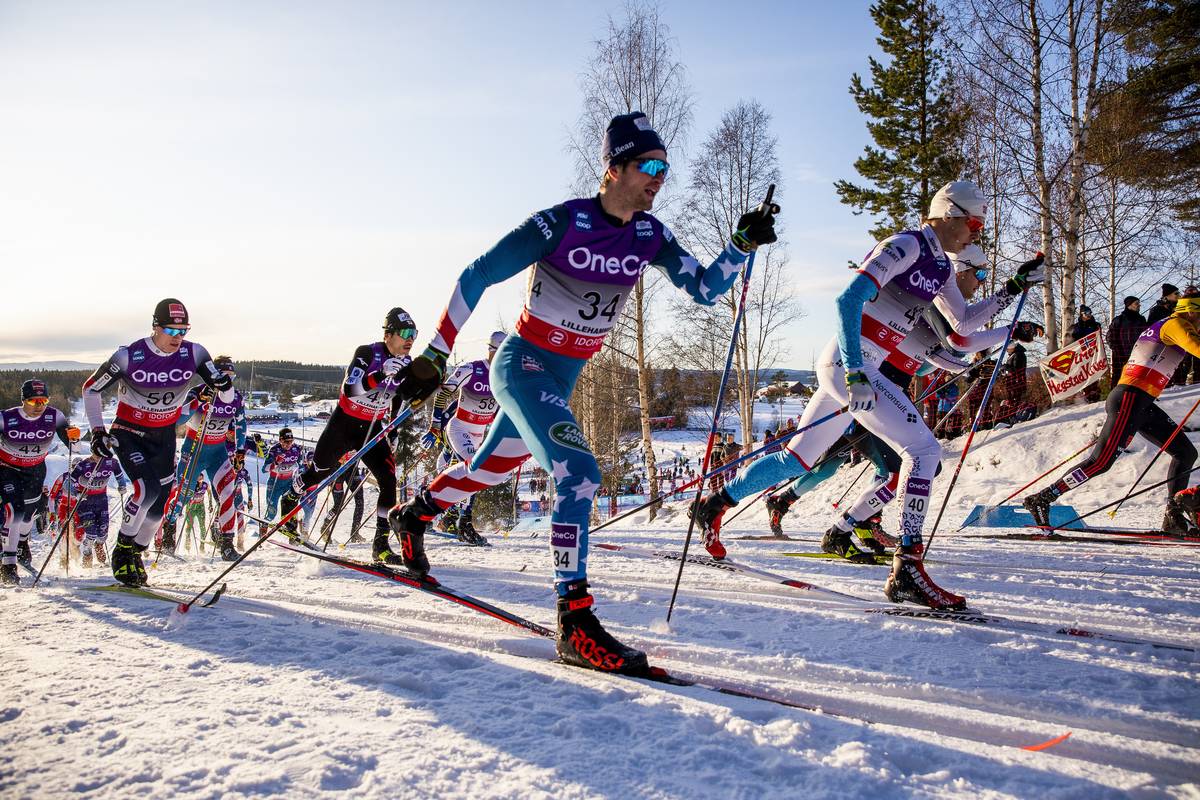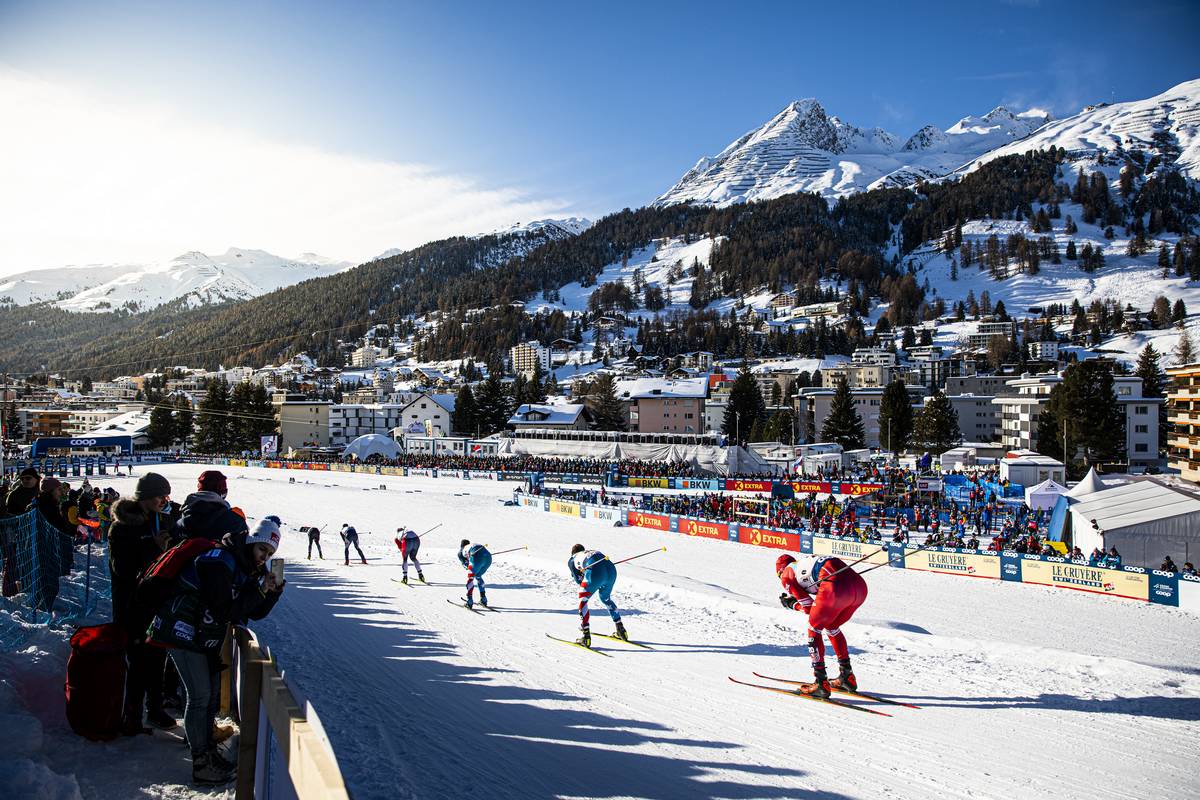Previewing parts of the Cross-Country course at this seasons Skiing World Cup

With the Cross-Country event at this season’s Skiing World Cup due to begin at the end of November, we thought it would be a good idea to preview some resorts and areas that this season’s competition will be heading to. This year’s event looks to be as closely contested as ever, and therefore may not be an easy sport to bet on in terms of picking the winner. However, for the neutrals, it promises to be a phenomenal spectacle. So let’s begin with the part of the course which starts in Finland.

Ruka – Finland
Ruka, located just south of the Arctic Circle, has a winter season that lasts over 200 days and offers a wide selection of off-piste activities. The 2019 ski season began on October 4th, making Ruka one of the first ski slopes in the Northern Hemisphere to open. This speaks a lot about the tiny resort’s snow reliability, and it’s one of the reasons it’s such a popular destination. It is situated between Kuusamo (where you will fly in) and the Arctic Circle, as well as being close to the Russian border, ensuring cold weather and excellent skiing conditions throughout the winter.
Although the slopes are only 11.8 miles (19 kilometers) long, they provide a good amount of variety. The vertical drop is moderate, scarcely exceeding 626 feet (200 meters), but the Ruka ski area offers enough diversity. Access to the slopes has been greatly enhanced thanks to the new Village Express Chair and Scenic Gondola, which opened for the 2018/19 season. The resort also stores snow throughout the summer to assist open even sooner, and the great majority of the slopes are floodlit to ensure that they are skiable even in the dead of winter.

Lillehammer – Norway
Lillehammer, Norway’s oldest ski resort, is home to five fantastic ski areas within a short drive of the city center. The city’s ski regions offer a total of 45 lifts and almost 81 miles (130 kilometers) of slopes, which is more than enough to keep all but the most dedicated skiers and snowboarders occupied for a week. Despite the low altitude, snow conditions are usually reliable. In addition, there is enough to do away from the slopes, especially if you want to try cross-country skiing, Norway’s national sport.
Hafjell is the largest area, with 27 miles (44 kilometers) of slopes and an elevation of 2723 feet (830 meters). The finest novice runs are toward the top, with the steeper terrain closer to the bottom. Kvitfjell hosts an annual World Cup Downhill competition on a steep and technical black run. However, much of the landscape, particularly the new Varden section, is suitable for beginners and intermediates. In good snow, the smaller Skeikampen area includes some excellent beginner facilities and some more challenging descents. Gala has two minor ski areas, whereas Sjusjoen’s fifth area is simply one rapid 6-pack that serves a summit network to base runs.

– FIS world cup cross-country, individual sprint, Davos (SUI). www.nordicfocus.com. © Modica/NordicFocus. Every downloaded picture is fee-liable.
Davos – Switzerland
Davos is a longtime Ski Club favorite and a lively town with six snowsure ski resorts and 186 miles (300 kilometers) of different slopes, shared with Klosters. The Davos Valley has a long history of snow sports, particularly on Parsenn Mountain, where a funicular was erected for skiers over 80 years ago (and has since been updated!). This is now one of six regions covered by the regional ski pass, which gives you access to 55 lifts, including some recently refurbished. Traveling between the resorts can be difficult – especially to Klosters – but a decent bus service connects all of the areas and is included with a ski pass.
More than 80% of the runs are above the snowsure altitude of 6561 feet (2000m), providing tremendous diversity for all levels. Beginners have access to some decent nursery areas on the outskirts of town and some easy blues on the Parsenn, intermediates may explore pretty much anywhere, and free-riders have their own mountain in Pischa. The only significant concern is the steep and often congested resort runs that lead to Davos; they are not ideal for novices or even intermediates.
If the snow is good, there are some terrific off-piste opportunities, and if freeriding is your style, Pischa is entirely ungroomed and perfect for you. The ski trails at the back of the Jakobshorn have some terrific off-piste — take the bus back from the bottom. In addition, the upper Madrisa lines, such as itinerary 12 and piste 9a, provide incredible difficulties.

Sophie Caldwell (USA) – FIS world cup cross-country, tour de ski, individual sprint, Lenzerheide (SUI). www.nordicfocus.com. © Modica/NordicFocus. Every downloaded picture is fee-liable.
Lenzerheide – Switzerland
Lenzerheide is currently part of Switzerland’s second-largest ski area, with 139 miles (225 kilometers) of pistes in the Graubünden region, thanks to the recent construction of a massive cable car connecting it to neighboring Arosa. The valley has two primary bases: Lenzerheide and Valbella on the other side of the Heidsee Lake, but the valley is littered with chalets and small, family-run hotels. The introductory section of local slopes, a network of blues and reds linked by quick lifts, is to the west, while steeper slopes, including the World Cup Downhill run, are to the east, as is the vital link up and over to Arosa. A regular, free bus service connects all of the valley’s significant lifts.
Riders should stay to the east side of the valley if they want to discover some decent steep runs from the Stätzerhorn lift above Parpan. Following recent snowfall, there is some excellent off-piste, as well as the World Cup Downhill run. The off-piste beneath the Weisshorn in Arosa, as well as the newly renovated six-seater Brüggerhorn lift, are also worth checking out.



